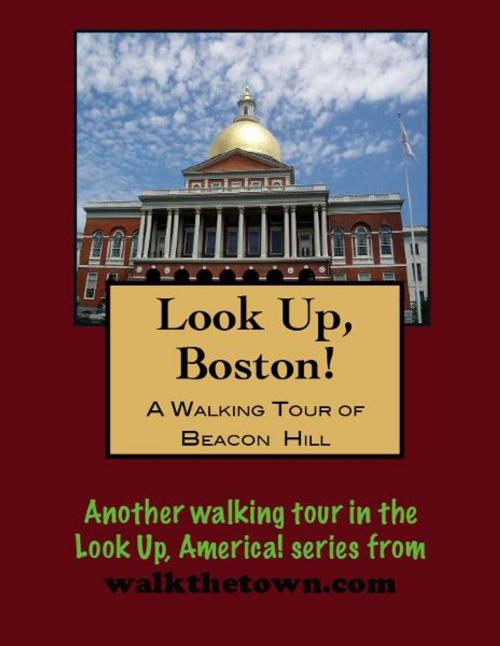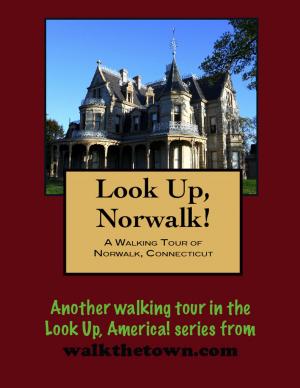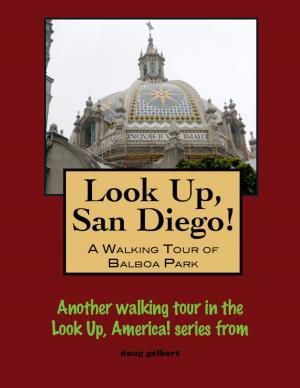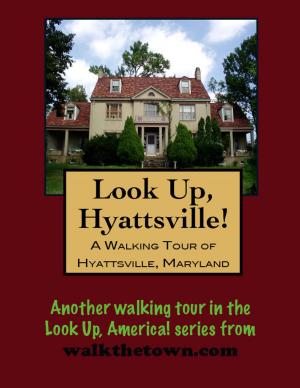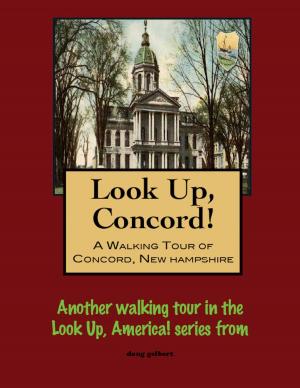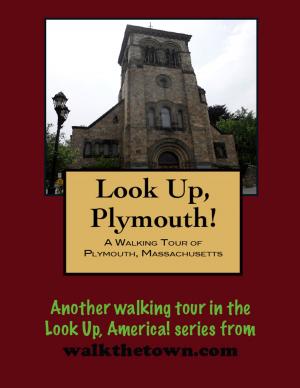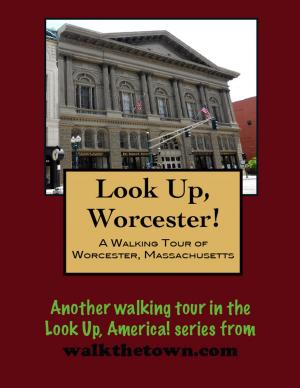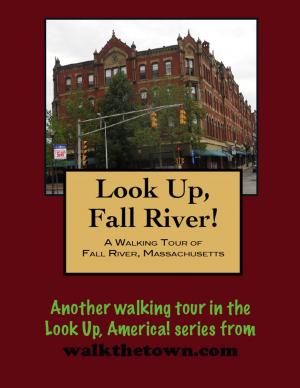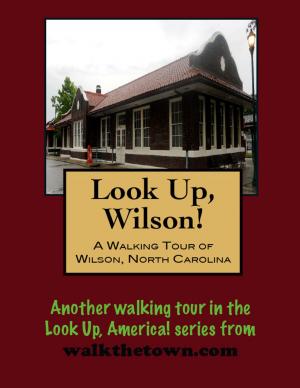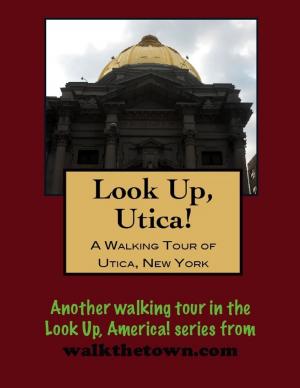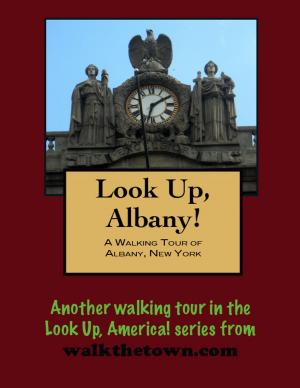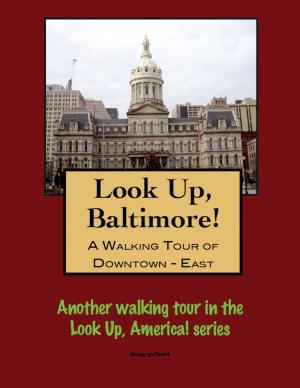| Author: | Doug Gelbert | ISBN: | 9781452307879 |
| Publisher: | Doug Gelbert | Publication: | January 10, 2010 |
| Imprint: | Smashwords Edition | Language: | English |
| Author: | Doug Gelbert |
| ISBN: | 9781452307879 |
| Publisher: | Doug Gelbert |
| Publication: | January 10, 2010 |
| Imprint: | Smashwords Edition |
| Language: | English |
There is no better way to see America than on foot. And there is no better way to appreciate what you are looking at than with a walking tour. Whether you are preparing for a road trip or just out to look at your own town in a new way, a downloadable walking tour from walkthetown.com is ready to explore when you are.
Each walking tour describes historical and architectural landmarks and provides pictures to help out when those pesky street addresses are missing. Every tour also includes a quick primer on identifying architectural styles seen on American streets.
The beacon of Beacon Hill once stood just behind the current site of the Massachusetts State House, on the highest point in central Boston. The entire hill was once owned by William Blaxton, the first European settler of Boston, from 1625 to 1635, who eventually sold his land to the Puritans. The hill, and two other nearby hills, were substantially reduced in height to allow the development of housing in the area and to use the earth to create land by filling the Mill Pond, to the northeast.
Until the end of the 18th century, the south slope of Beacon Hill was a pasture owned by painter John Singleton Copley. He sold it to the Mount Vernon Proprietors, to which the architect Charles Bulfinch belonged. During the first quarter of the 19th century, Beacon Hill town houses designed by Bulfinch,
Asher Benjamin, and others exhibited influences derived from England, France, and even the Far
East. Elements drawn from Ancient Egypt, Greek, and Roman sources enlivened the brick and
brownstone-trimmed facades of the Hill’s stylish mansions.
The south slope of Beacon Hill facing the Common was the socially desirable side in the 19th century. “Black” Beacon Hill was on the north slope. The two Hills were largely united on the subject of Abolition and Beacon Hill became one of the staunchest centers of the anti-slavery movement in America.
When development of the Back Bay district got underway, many residents moved to the more fashionable new enclave, which offered larger houses and wider streets. Beacon Hill started to decline and continued on its downward spiral until the second half of the 20th century. Beacon Hill was designated a National Historic Landmark on December 19, 1962 and in recent years it has once again become a very popular district, especially the south slope which attracted wealthy Bostonians.
This walking tour will begin in the Boston Common that fronts the southern border of Beacon Hill along, naturally, Beacon Street...
There is no better way to see America than on foot. And there is no better way to appreciate what you are looking at than with a walking tour. Whether you are preparing for a road trip or just out to look at your own town in a new way, a downloadable walking tour from walkthetown.com is ready to explore when you are.
Each walking tour describes historical and architectural landmarks and provides pictures to help out when those pesky street addresses are missing. Every tour also includes a quick primer on identifying architectural styles seen on American streets.
The beacon of Beacon Hill once stood just behind the current site of the Massachusetts State House, on the highest point in central Boston. The entire hill was once owned by William Blaxton, the first European settler of Boston, from 1625 to 1635, who eventually sold his land to the Puritans. The hill, and two other nearby hills, were substantially reduced in height to allow the development of housing in the area and to use the earth to create land by filling the Mill Pond, to the northeast.
Until the end of the 18th century, the south slope of Beacon Hill was a pasture owned by painter John Singleton Copley. He sold it to the Mount Vernon Proprietors, to which the architect Charles Bulfinch belonged. During the first quarter of the 19th century, Beacon Hill town houses designed by Bulfinch,
Asher Benjamin, and others exhibited influences derived from England, France, and even the Far
East. Elements drawn from Ancient Egypt, Greek, and Roman sources enlivened the brick and
brownstone-trimmed facades of the Hill’s stylish mansions.
The south slope of Beacon Hill facing the Common was the socially desirable side in the 19th century. “Black” Beacon Hill was on the north slope. The two Hills were largely united on the subject of Abolition and Beacon Hill became one of the staunchest centers of the anti-slavery movement in America.
When development of the Back Bay district got underway, many residents moved to the more fashionable new enclave, which offered larger houses and wider streets. Beacon Hill started to decline and continued on its downward spiral until the second half of the 20th century. Beacon Hill was designated a National Historic Landmark on December 19, 1962 and in recent years it has once again become a very popular district, especially the south slope which attracted wealthy Bostonians.
This walking tour will begin in the Boston Common that fronts the southern border of Beacon Hill along, naturally, Beacon Street...
